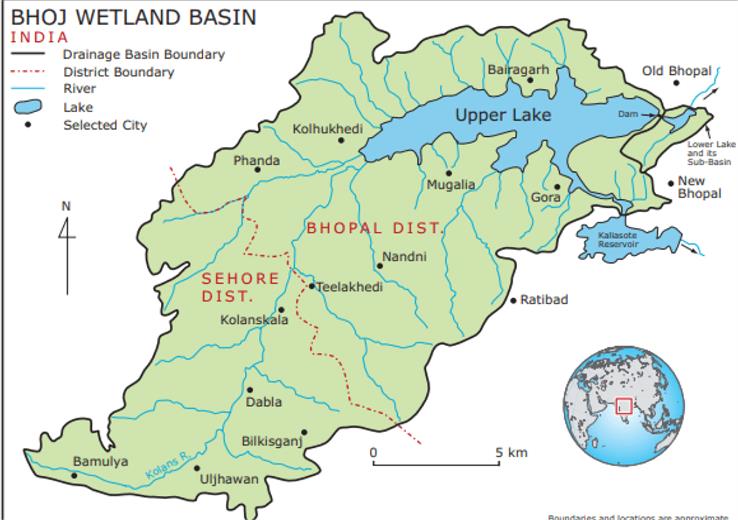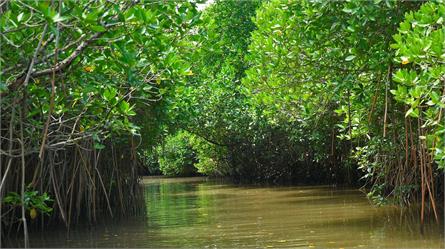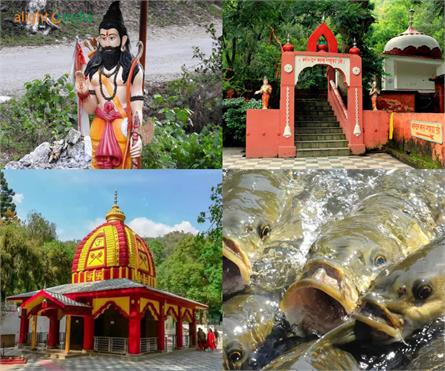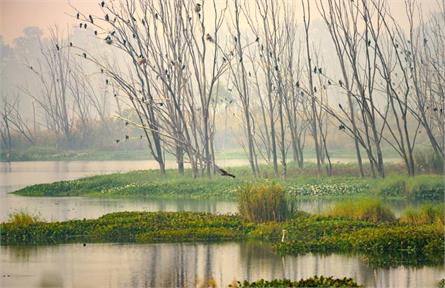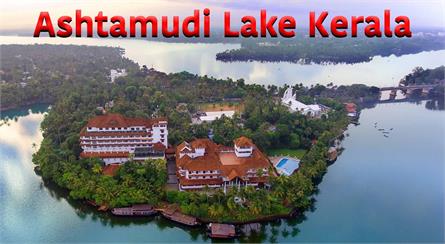Bhoj Wetland, Largest Manmade Lake In Madhya Pradesh
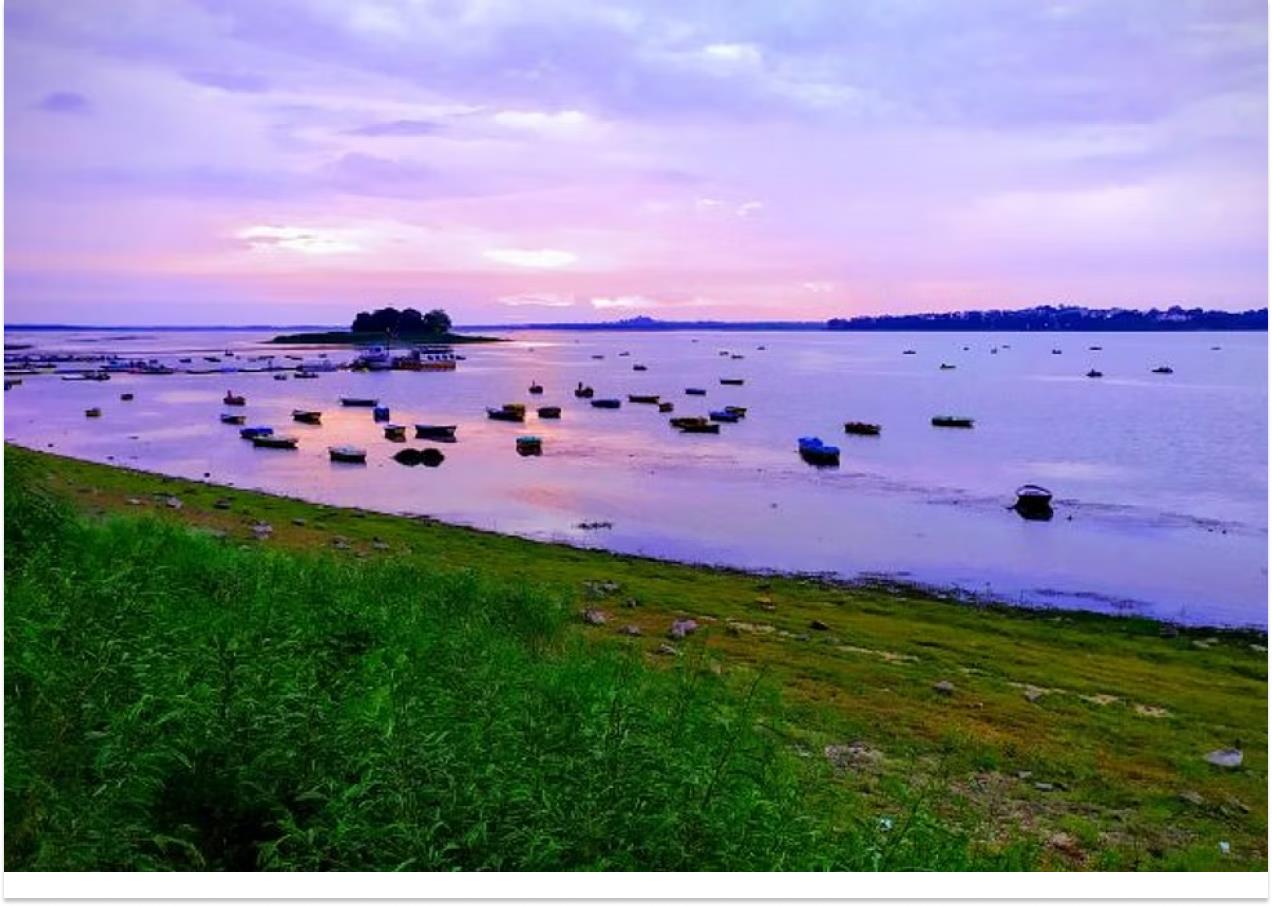
Bhoj Wetland, also well known as Bhojpal Lake is a beautiful wetland in Bhopal, Madhya Pradesh, India. It covers an area of approximately 31 square kilometers. The Bhoj wetland is a beautifil culmination of biodiversity and natural beauty.
This wetland plays a vital function in serving ecological stability and offering a sanctuary for diverse plant life and fauna.
Also Read: Nalsarovar Bird Sanctuary
Historical Significance of Bhoj Wetland
Bhoj Wetland carries great historical and cultural significance. It was formed in the 11th century by the legendary king Raja Bhoj, who also commissioned the construction of several interconnected lakes, making it one of the largest manmade lakes in the country. The lakes were primarily intended to provide irrigation and drinking water to the region's people.
Also Read: Sultanpur National Park
Natural Beauty Of Bhoj Wetland
Bhoj Wetland is a place with natural beauty. It is neighboured by lush greenery and a tranquil atmosphere. The lake's crystal-clear waters send back the sky, creating a breathtaking view.
The wetland is home to a diverse range of flora and fauna. It is a crucial habitat for numerous species of migratory birds, making it a paradise for bird watchers. During the winter season, various bird species from different parts of the world flock to this wetland, including the iconic Siberian crane.
Also Read: Vembanad-Kol Wetland (Longest Lake in India)
Activities and Attractions of Bhoj Wetland
Bhoj Wetland offers a range of activities and points of interest for visitors to enjoy. Bird watching is a popular hobby, where tourists can look at and appreciate the stunning avian species in their natura habitat. Boating is another favorite activity amongst tourists in order to enjoy the scenic picturesque views. The wetland is also known for its ancient temples. The most famous is the Bhojeshwar Temple, dedicated to Lord Shiva. This temple, with its intricate stone carvings, is a beautiful blend of historic architecture and draws devotees and architecture lovers alike.
Also Read: Ranganathittu Bird Sanctuary
Conservation Efforts
Bhoj Wetland faces various challenges due to human activities and environmental factors. The local government and environmental organizations are trying to preserve and restore the wetland's fragile ecosystem. Conservation initiatives include measures to control pollution, encroachment and introducing eco-friendly practices.
The Ecological Significance
Bhoj Wetland is an ecologically essential area that acts as a lifeline for diverse ecosystems. The wetland serves as a natural reservoir and recharge region for the Upper Lake and the Kaliasot River, which are crucial for the metropolis of Bhopal and its surrounding regions. The wetland performs a crucial role in preserving the water levels, stopping floods, and performing as a buffer against the destructive consequences of climate changes.
Biodiversity of Bhoj Wetland
One of the highlights of Bhoj Wetland is its wealthy biodiversity. The wetland is home to many plant and animal species, making it an attractive vacation spot for ecotourism. Some of the species located within the area include:
- Avian Diversity: Bhoj Wetland is a birdwatcher's paradise. It hosts several migratory and resident chook species. The wetland is visited via migratory birds during the iciness months, with the swish Siberian cranes and several species of waterfowl.
- Aquatic Life: The wetland's waters teem with diverse fish species, such as catfish, rohu, mrigal, and numerous amphibian and reptile species. This thriving aquatic existence supports the livelihoods of local fishermen.
- Flora: The wetland's wealthy aquatic vegetation consists of water lilies, lotus, and submerged vegetation, contributing to the general biodiversity and ecological fitness of the location.
